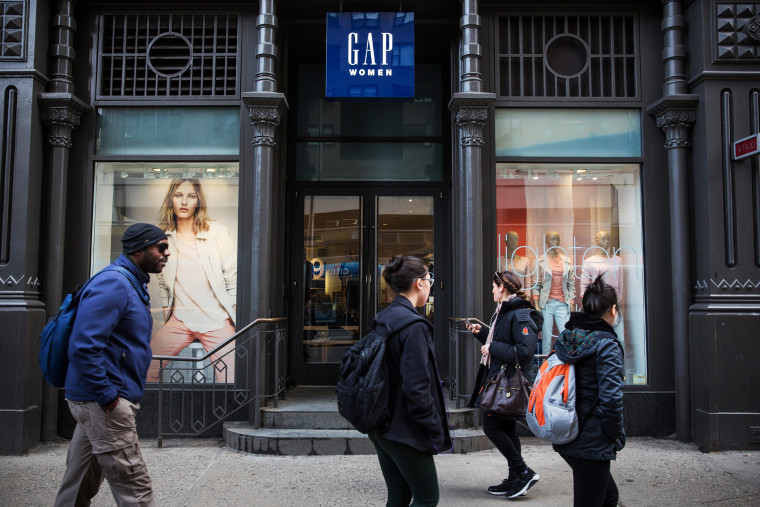The odds that Republican House Speaker John Boehner will allow a vote on raising the minimum wage remain as low as ever, but some large retailers are already raising the wage on their own initiative. On Wednesday, clothing chain Gap Inc. announced it would be raising its base wage from $9 to $10 per hour next year, directly benefiting as much as 72% of its hourly workforce.
Gap Inc. is a for-profit company, and the decision to increase pay was not an act of charity. Instead, it appears to stem from a realization that the old retail model of aggressively driving down labor costs is not working, according to Catherine Ruetschlin, a policy analyst for the left-leaning think tank Demos.
"Gap is raising their wages in a decision designed to change their business model," she said. "Right now, more than 70% of their American employees are making less than $10 per hour, which means they have a history as an employer that thinks of their employees as a cost rather than an investment."
Most other major retailers appear to think the same way. A worker classified as a retail sales worker earns a median hourly wage of $9.56 per hour, according to the Bureau of Labor Statistics, putting that employee near the absolute low end of the income spectrum. Employees who the bureau classifies as retail salesperson don't fare much better, earning a median wage of $10.15.
The most high-profile employer to buck that trend is Costco, which has a base wage of $11.50 per hour and an average wage nearly twice that. Costco bases its employment model on the wager that better pay will result in lower turnover, better productivity, and better customer satisfaction. By all accounts, that wager is paying off.
On the other hand, the reverse approach no longer seems as effective as it once was. Walmart, which has become a favored target of activists and advocates for its notoriously low wages, is now suffering blowback from the investor class due to its practice of whittling labor costs to the bone. Earlier this month, equities research firm Wolfe Research downgraded its rating of Walmart in part because of what it saw as the failures of its cost-cutting strategy.
"Walmart U.S.'s relentless focus on costs does seem to have taken some toll on in-store conditions and stock levels," according to the firm. "This is clearly an area that is subject to differences of opinion, and it is easier to be forgiven by customers when a lot of money is being saved, but our store visits over the last six months show a repeating pattern of stocking issues in many departments in the store."
Wages in the United States have been declining relative to inflation for decades, but Gap's announcement suggests they may have finally reached a sort of floor. Although many large employers have been able to enlarge their profits by suppressing wages on the low end of the spectrum, they may now be struggling to contain the fruits of their own success.
"More and more of the research coming out on retailers in particular is showing these productivity benefits retailers gain from raising the wage are substantial and meaningful," said Ruetschlin. But it remains to be seen whether Gap's decision to go after those benefits is an isolated event.
Activists aren't counting on it. Even as they encourage other employers to follow Gap's lead, they are also seeking political redress for historically low compensation.
"As the largest private employer in the country, we hope Walmart will follow The Gap's lead and help their workers achieve a pathway out of poverty by paying them fairly," said Sarita Gupta, executive director of the worker advocacy group Jobs with Justice, in a statement. Yet the organization's continued lobbying for a higher legal minimum wage suggests that the workers' rights movement isn't pinning all its hopes on the distant possibility that big retail's prevailing business model will change any time soon.
